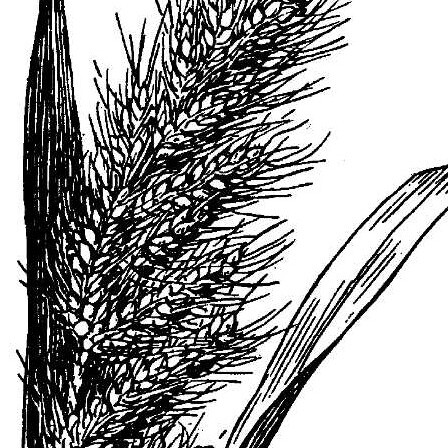Annual; culms soft and somewhat succulent but rather coarse, erect or decumbent at the base, compressed, glabrous, shiny, 0.5-1.5 m. high; lower sheaths longer, the upper shorter than the internodes, compressed, keeled, rather loose, glabrous; ligule wanting; blades elongate, acuminate, 5-15 mm. wide, the margins scabrous; panicles 10-20 cm. long, nodding, the branches densely flowered, the lower ones rather distant, the upper ones crowded, ascending or appressed; spike-lets 3 mm. long, rather narrow, sparsely hispid on the nerves, hispidulous between the nerves; first glume broad, triangular, acute; second glume and sterile lemma equal, as long as or a little shorter than the fruit, 5-to 7-nerved, the glume acuminate or short-awned, the lemma with an awn 1-10 mm. long, sometimes with a palea about as long as the lemma; fruit elliptic, smooth and shining, abruptly acuminate-pointed.
Tufted annual, rarely perennial, 0.5-2.0 m high; stoloniferous; hygrophyte. Leaf blade 150-600 x 5-25 mm; ligule absent. Inflorescence 100-300 mm long, of many racemes scattered up central axis, distinctly compound with many short secondary branchlets, untidily ovate; raceme 30-150 mm long, spikelets in dense clusters. Spikelets 2.0-3.5 x 1.0-1.5 mm, elliptic, dorsiventrally compressed, hispid; glumes unequal; upper glume as long as spikelet; glumes and lower lemma minutely hairy, nerves with long, rigid hairs. Florets 2; lower floret male or sterile, lower lemma acute or with a short curved awn 1-3(-7) mm long; upper floret bisexual, lemma 2.0-2.5(-3.0) mm long, hard, entire, margins inrolled and clasping only edges of palea; anther 0.5-1.3 mm long. Flowering time Feb., Mar.
Robust perennial (rarely annual); culms stout, 50–200 cm. high, often decumbent and rooting in mud at the lower nodes.. Leaf-blades broad, 15–60 cm. long, 5–25 mm. wide, thin in texture, often lush; ligule absent; sheaths smooth.. Inflorescence large, loose, untidily ovate, 10–30 cm. long, the racemes mostly compound with short secondary branchlets; lowest raceme 3–15 cm. long.. Spikelets elliptic, 2–3(–3.5) mm. long, hispid; lower floret ♂ or barren, acute to acuminate or with a short curved awn 1–3(–7) mm. long; upper lemma 2–2.5(–3) mm. long.
Tufted annual, rarely perennial 500-2 000 mm high; hygrophyte; stoloniferous. Leaf blade 150-600 x 5-25 mm; ligule absent. In-florescence 100-300 mm long, untidily ovate; raceme 30-150 mm long, distinctly compound with many short secondary branchlets; spikelets in dense clusters. Spikelet 2.0-3.5 x 1.0-1.5 mm, elliptic; glumes and lower lemma minutely hairy, nerves with long, rigid hairs; lower floret male or sterile; lower lemma acute or with a short curved awn 1-3(-7) mm long; upper lemma 2.0-2.5(3.0) mm long; anther 0.5-1.3 mm long.
A grass. It grows each year from seeds and forms clumps. The stems lie along the ground near the base and then are erect. It can grow 1.5 m tall. The leaves are sword shaped and flat and 30 cm long by 15 cm wide.
Inflorescence large, 10–30 cm. long, loose, untidily ovate; racemes typically compound with short secondary branchlets but superior racemes of weaker plants simple; lowest raceme 3–15 cm. long.
Culms 50–200 cm. high, stout, often decumbent and rooting in mud at lower nodes; ligule absent.
Inferior lemma acute to acuminate, or with a short curved awn 1–3(7) mm. long.
Spikelets 2–3(3.5) mm. long, elliptic, hispid.
Superior lemma 2–2.5(3) mm. long.
Erect annual 1–2 m. high
Robust annual.


